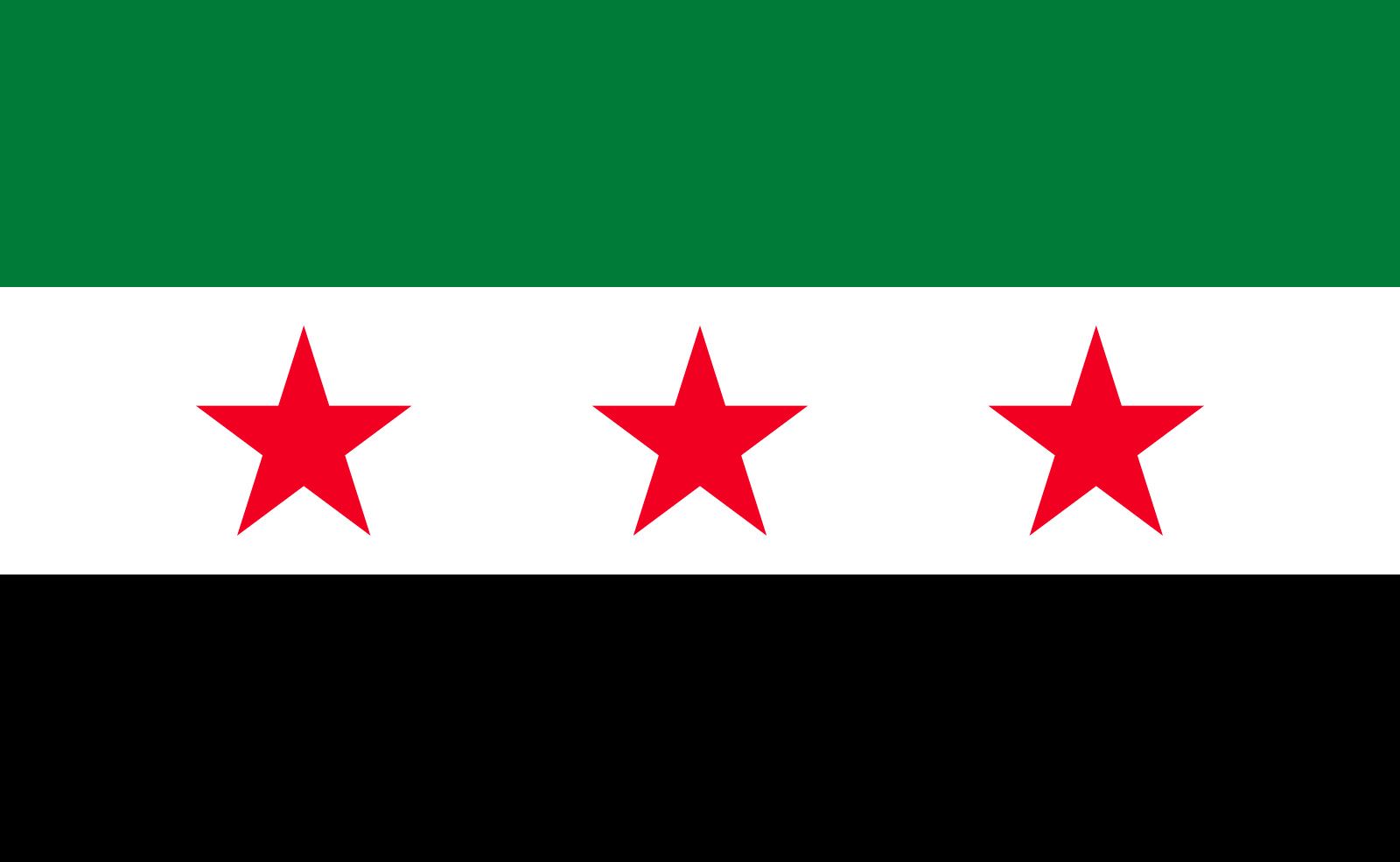Homs
The Central Hub, A City Rebuilding
Homs, in the heart of Syria along the fertile Orontes River valley, has long been a vital link between Damascus to the south and Aleppo to the north. Once Syria’s third-largest city and a bustling industrial hub, Homs is known for its lively souks, historic mosques and churches, and its role as a center of trade and culture. During the recent conflict, it gained international attention as the “Capital of the Revolution” — a city that endured tremendous hardship yet remains determined to rebuild.
Historical Significance
Homs has a rich history dating back to ancient times, when it was known as Emesa. Under Roman rule, Emesa was renowned for its grand temple to the sun god Elagabalus, who later became a Roman emperor. Its strategic position on major trade and military routes kept it important throughout the Byzantine and early Islamic periods. During Islamic rule, Homs became a key garrison city, and the Khalid ibn al-Walid Mosque — named after the famed general buried there — became a spiritual and cultural landmark. Crusaders, Mamluks, and Ottomans all left their imprint on its architecture and traditions.
The War and Its Aftermath
From 2011 onward, Homs became one of the main flashpoints of the Syrian Civil War. Large-scale protests and clashes escalated into prolonged battles that devastated entire neighborhoods such as Baba Amr, Khalidiya, and the Old City. Years of siege left much of the city in ruins, with thousands killed or displaced and vital infrastructure destroyed. The scars of war remain visible in the empty shells of buildings and the stories of its people.
Current Situation (July 2025)
Today, Homs is slowly but visibly emerging from the devastation. Reconstruction efforts are focused on essential services, housing, and reviving economic activity. Many schools, hospitals, and markets have reopened. Roads and public squares have been cleared of debris. Government initiatives, supported by NGOs and international agencies, aim to repair housing and provide jobs, although progress is uneven. While many former residents have returned, some remain displaced, and unemployment and poverty remain high. Nevertheless, the vibrant spirit of the city is evident as life gradually resumes in its streets and souks.
Economy and Industry
Prior to the war, Homs was a powerhouse of Syrian industry, home to the country’s largest oil refinery, textile mills, engineering plants, and food processing factories. Agriculture from the surrounding Homs Gap supplied wheat, cotton, fruits, and olives to markets nationwide. Postwar, the oil refinery has resumed partial operations, factories are slowly reopening, and small-scale traders and farmers are once again active in local markets. Reviving industry and agriculture remains key to rebuilding livelihoods in Homs.
Culture and Heritage
Homs is renowned for its rich cultural tapestry, shaped by Muslim, Christian, and diverse ethnic communities. Churches and mosques — many damaged in the conflict — are being repaired and reopened. The city is also known for its cuisine, hospitality, and the famous wit and humor of its people. Cultural events, music performances, and craft markets are beginning to return, keeping alive the traditions that define the city’s identity. The rehabilitation of the Homs National Museum and cultural centers is underway, offering hope for a cultural renaissance.
Key Attractions
- Khalid ibn al-Walid Mosque: A magnificent Ottoman-style mosque, partially restored, and one of the city’s most revered landmarks.
- Old City of Homs: Narrow alleyways, ancient churches and mosques, slowly coming back to life after years of conflict.
- Orontes River Promenade: A natural and tranquil setting that sustains the region’s agriculture and offers residents a green escape.
- Homs National Museum: Once again showcasing the city’s rich archaeological finds and cultural heritage.
- Baba Amr Memorial: A sobering reminder of the city’s suffering and a symbol of its people’s perseverance.
Homs Today
Homs remains a symbol of both the cost of war and the strength of the human spirit. Its central position in Syria, its industrious population, and its deep cultural roots ensure that it will continue to play a crucial role in the country’s recovery. As reconstruction moves forward and its people reclaim their lives, the laughter in its markets, the call to prayer from its mosques, and the aroma of fresh bread and coffee once again fill the air — reminders that life in Homs, though forever changed, endures and rebuilds.
 Syria
Syria